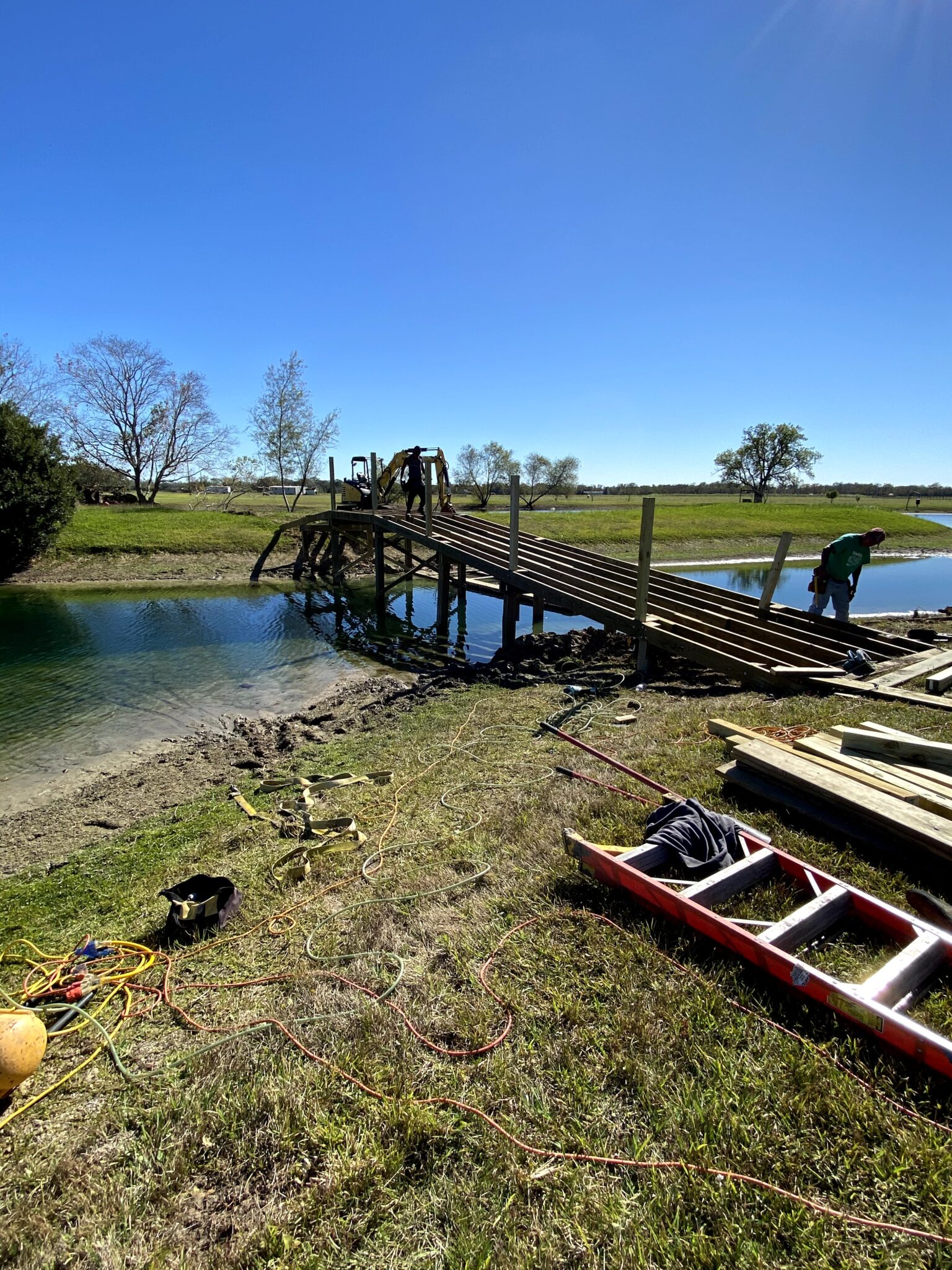
Pile driving is a fundamental method in construction, specifically in the realm of marine construction. It involves using piles—lengthy, narrow columns—driven into the floor to offer foundational support for various structures. This method is critical for ensuring the stability and longevity of edifices built on volatile or waterlogged soils. In this article, we delve into the intricacies of the pile driving process, drawing insights from seasoned pile driving contractors to shed light on best practices, challenges, and innovations within the field. These developments underscore the critical role of pile driving contractors in modern construction projects.
The Role of Pile Driving in Marine Construction
Marine construction encompasses the development of structures in aquatic environments, including docks, piers, bridges, and seawalls. In those settings, the substrate frequently consists of gentle, volatile soils that cannot support heavy masses. Pile using addresses this assignment via transferring the load of the structure to deeper, greater solid soil or rock layers. This is accomplished with the aid of riding piles—product of materials like steel, concrete, or wooden—deep into the ground until they attain a layer capable of bearing the burden. This method guarantees that marine systems can resist environmental forces consisting of waves, tides, and currents, thereby enhancing their durability and safety.
Types of Piles Used in Marine Construction
The choice of pile kind is crucial and depends on factors like soil situations, load requirements, and environmental issues. Common types of piles used in marine production include:
- Steel Piles: Known for his or her high power and capability to penetrate tough soils, steel piles are regularly used in deep foundations and heavy load-bearing packages.
- Concrete Piles: Precast concrete piles offer sturdiness and resistance to corrosion, making them suitable for marine environments.
- Timber Piles: Used for lighter loads and in conditions where the piles aren’t exposed to marine borers, timber piles are fee-effective and smooth to deal with.
Experienced contractors emphasize the significance of conducting thorough geotechnical investigations to determine the maximum suitable pile type for each undertaking. This ensures most effective overall performance and longevity of the structure.
The Pile Driving Process: Step-through-Step
The pile driving manner involves numerous crucial steps, every requiring meticulous making plans and execution:
- Site Assessment and Soil Investigation: Before creation begins, a comprehensive assessment of the site is carried out, which includes soil checking out to understand its composition, energy, and cargo-bearing capacity.
- Pile Selection and Design: Based on the soil investigation, engineers pick out the proper kind, length, and period of piles. The layout should account for the expected hundreds and environmental situations.
- Mobilization of Equipment: Specialized system, together with pile drivers and cranes, are transported to the site and installation for operation.
- Driving the Piles: Piles are positioned and driven into the floor using hammers or vibratory drivers. The method and device used depend upon factors like soil type and pile fabric.
- Monitoring and Quality Control: Throughout the riding process, contractors monitor parameters consisting of riding resistance and alignment to ensure compliance with design specifications.
Seasoned contractors spotlight that each step should be finished with precision to prevent issues together with pile harm, misalignment, or insufficient load-bearing ability.
Challenges in Pile Driving and Mitigation Strategies
Pile riding in marine production gives specific challenges, which includes:
- Environmental Concerns: The noise and vibrations from pile riding can effect marine existence. To mitigate this, contractors may additionally use noise-lowering strategies including bubble curtains or choose vibratory hammers that produce much less noise.
- Variable Soil Conditions: Unpredictable soil layers can result in problems in using piles to the desired depth. Pre-drilling or the use of specialized pile suggestions can help navigate difficult strata.
- Equipment Malfunctions: The harsh marine surroundings can cause system put on and tear. Regular maintenance and the usage of corrosion-resistant substances are vital to make certain operational efficiency.
Experienced contractors pressure the importance of proactive making plans and the adoption of adaptive strategies to cope with these demanding situations successfully.
Innovations and Best Practices in Pile Driving
The subject of pile driving has seen giant improvements aimed toward enhancing performance and lowering environmental effect:
Use of Vibratory Hammers: These equipment permit for the fast set up of piles with decreased noise degrees, making them suitable for touchy environments.
Implementation of Real-Time Monitoring Systems: Advanced sensors and software program permit continuous tracking of pile driving parameters, facilitating instantaneous modifications and first-class assurance.
Adoption of Sustainable Materials: The use of eco-friendly substances and coatings extends the lifespan of piles and minimizes environmental footprint.
Contractors with substantial revel in endorse for staying abreast of technological tendencies and integrating modern solutions to beautify venture consequences.
Conclusion
Pile using is a cornerstone of marine construction, supplying the essential support for structures in difficult environments. The insights from experienced contractors underscore the importance of meticulous planning, informed material choice, and the adoption of satisfactory practices to navigate the complexities of the pile using technique. By embracing innovation and addressing demanding situations proactively, the marine creation enterprise can continue to build resilient and sustainable systems that stand the check of time.